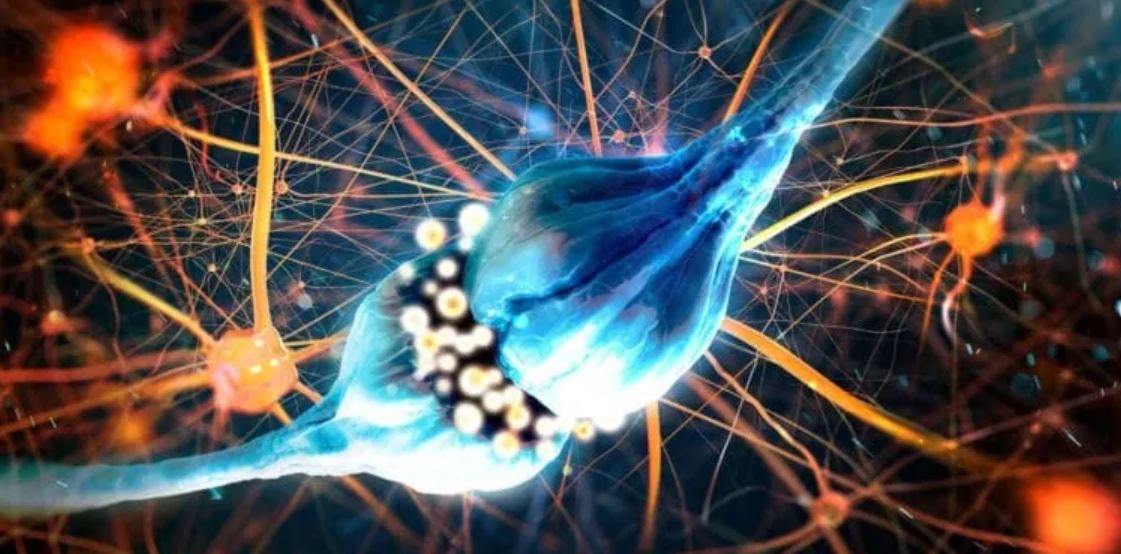 Every day, you balance straightforward decisions with more complex dilemmas. Whether it’s choosing a snack before dinner or planning your next move, your brain is already using a refined form of reinforcement learning—assessing potential rewards and weighing consequences with surprising finesse.
Every day, you balance straightforward decisions with more complex dilemmas. Whether it’s choosing a snack before dinner or planning your next move, your brain is already using a refined form of reinforcement learning—assessing potential rewards and weighing consequences with surprising finesse.
Recent studies by teams at the Champalimaud Foundation and Harvard University reveal that dopamine neurons aren’t just alerting you to a reward; they’re crafting a detailed map of what might come next. By recording the activity of individual dopamine neurons in mice, researchers discovered that some cells favour immediate rewards, while others respond best to delayed outcomes. This nuanced approach gives your brain a rich, internal guide to making the best choice based on circumstances like hunger or thirst.
Think of it as having a team of advisers with distinctly different outlooks: one pushes for immediate action and the other advocates for patience. This diversity is not only fascinating—it mirrors the way advanced AI systems work by handling multiple potential outcomes to navigate unpredictable real-world challenges.
Harvard’s work, where distinct scents signalled specific sizes and timings of water rewards for mice, underscores how finely tuned these responses really are. These insights have even inspired a new algorithm called time-magnitude reinforcement learning (TMRL), which aims to make decision-making in AI faster and more efficient by considering internal states like hunger.
By linking neuroscience with cutting-edge AI research, experts are uncovering how our brains tackle everyday choices. This blended perspective offers practical clues for designing smarter, more adaptable algorithms—a reminder that the systems governing our decisions are as dynamic as the lives we lead.








